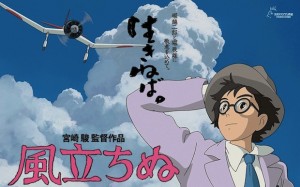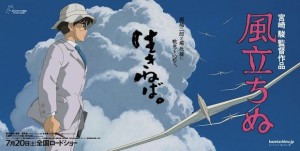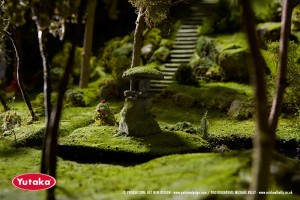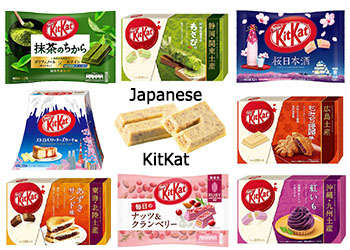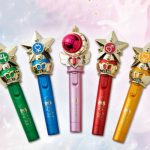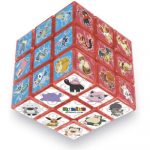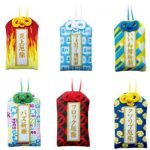On November 23rd, Studio Ghibli’s latest film Kaguyahime no monogatari (The Tale of Princess Kaguya) was released in all theaters across Japan.
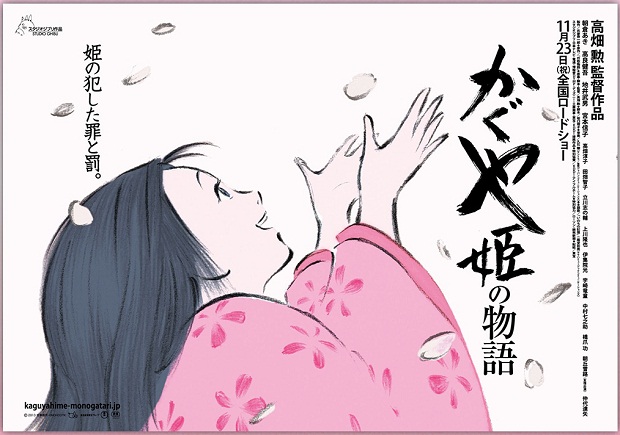
I have already seen a number of reviews so far, most of which are specifically focused on how different the film looks, compared to other Ghibli works from the past. But I would like to take a different approach.
Director Isao Takahata is famous for his depiction of real life, while his longtime friend and another Ghibli guru Hayao Miyazaki uses fantasy as a basic setting of his stories.
“The Tale of Princess Kaguya” is based on a Japanese folktale from the tenth century called Taketori monogatari – or “The Tale of the Bamboo Cutter”. It’s a story about an old bamboo cutter who finds a tiny baby girl inside a bamboo stalk and together with his wife raises the baby as his own. The girl grows up to be a woman of ordinary size and of extraordinary beauty. She is approached by a number of suitors, but she somehow manages to reject all proposals. Finally, she reveals her biggest secret to her parents that she was sent from the moon as a result of some “promise” that she made and must return there. In the end, an emissary from the moon takes her back to where she belongs, leaving everyone in tears. It definitely doesn’t sound like a happy ending, doesn’t it?
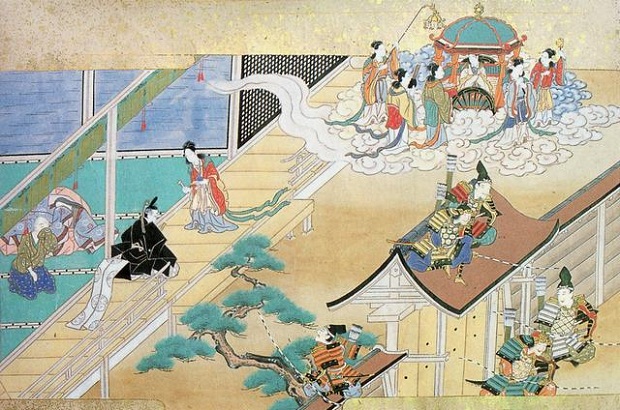
One could easily argue that this film might be the most “fantastic” of Takahata’s all past works. Yet the primary focus of the story is not the encounter between humans and aliens but answering many questions of why. Why was she sent from the moon in the first place? Why was she sent to earth? Why was she so sad when she left earth? Why did she need to return?
The tag line reads “The crime and punishment of a princess”, which implies that this is not a simple feel-good story of a lunar princess who comes down to experience life on earth. Takahata says in one interview that the earth and the moon stand opposite from each other: while the moon might represent sanctitude but without any color or life of its own, the earth is full of life, hardships – and joy.
If the earth was considered ultimate hell where all sinners are sent to serve their sentence, Princess Kaguya would be happy to return home, which is obviously not the case here. Perhaps this is where he portrays realism over fantasy, in an imaginative story setting where he suggests that life on earth might at times be too cruel, yet it does have something that even heavenly beings from above envy.

